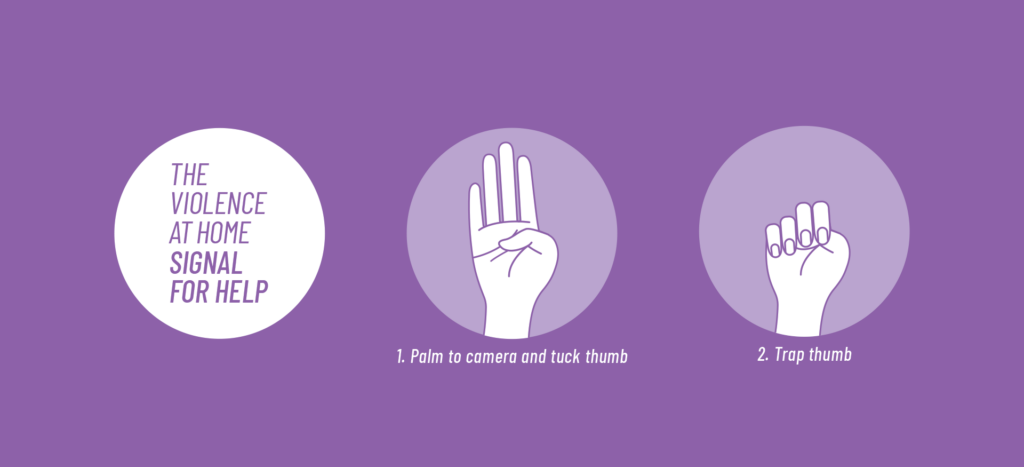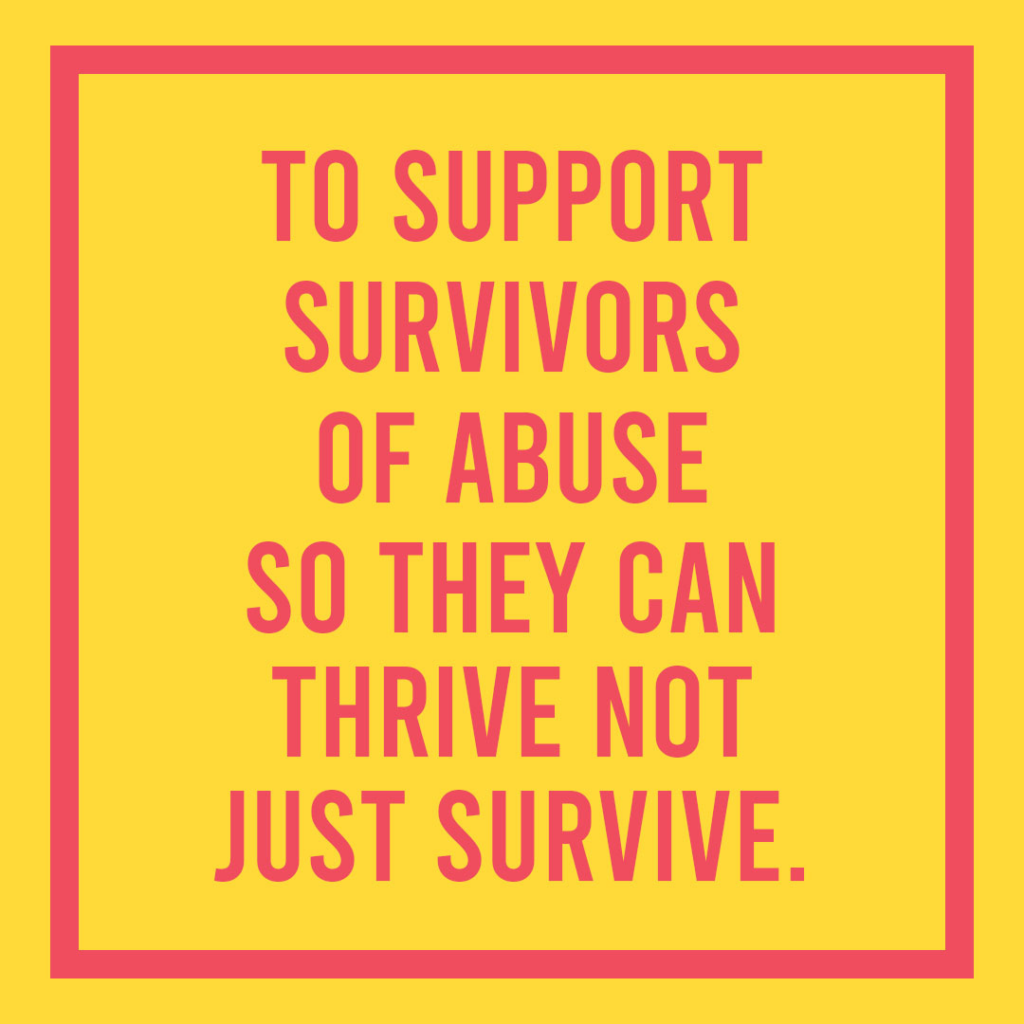
We know that gender-based violence is a problem, and we want to support survivors in our lives, but it’s an issue shrouded in stigma and silence. Too many people who experience abuse are shamed, silenced, or stigmatized. At the same time, their friends and family don’t feel confident or competent in supporting them.
“I’m speaking out because gender-based violence thrives in silence,” says Jane, whose name has been changed for safety reasons.
She chose to share her experience of leaving an abusive relationship to raise awareness of the barriers many gender-based violence survivors face and why it’s critical to shift the stigma around this issue.
Today, we share her story, along with resources on how everyday people can become confident and competent in supporting survivors in their lives. We can all play a role in helping to break the cycle of gender-based violence for future generations.
This story includes descriptions of gender-based violence. Please read with care.

Jane’s story
For years, my husband convinced me that I was the problem.
We got married when I was in my early twenties, and he was 10 years older. It soon became clear that I wasn’t meeting his expectations, and he began establishing control over me. Occasionally, he would grab or shove me, leaving me bruised. But I never had broken bones or ended up in the hospital, so, in my mind, it wasn’t bad enough to be considered abuse.
At one point, I had a car accident that left me unable to work, so I also became financially dependent on him. He regularly threatened that he would make sure I had no money if I left. As the emotional, physical, and sexual abuse got worse, I spent much of our marriage living in a disassociated state. I was constantly afraid. The dishwasher would start, and I would freak out. The anxiety and depression were overwhelming, and I didn’t see a way out.
Even with the help of a therapist, it took a few years to internalize that I wasn’t the problem. I started to see it wasn’t OK for my husband to call me names, push me around, punch the walls, or threaten me and my children.

The turning point came when my husband physically assaulted one of our children, who is on the autism spectrum. That’s when I knew we had to leave. But when the authorities came to remove my husband from our house for the assault, he cleaned out our bank account. It was the beginning of years of struggle to break free and rebuild our lives — a journey that no one should have to face.
Although it’s painful to share this story, I’m speaking out because gender-based violence thrives in silence. We need to be able to talk about it if we’re going to break the cycle for future generations.
We need to teach children at a young age about abuse, consent, and healthy relationship skills. Social norms and gender stereotypes continue to harm both boys and girls by reinforcing toxic beliefs about what it means to “be a man.”
We also need to encourage everyday people not to be afraid to reach out if they think someone they know is experiencing abuse. Even though my family and neighbours knew something wasn’t right, they didn’t want to upset me or make things worse, so they stayed hands-off.
That’s why the Canadian Women’s Foundation’s Signal for Help Responder initiative is so important. It helps people learn to ask the right questions and provide non-judgmental support.

That kind of support remains critical even after survivors leave the relationship. So many institutions and systems I encountered in my journey failed to help us secure safety or justice: social workers, lawyers, police, and the courts. Even now, our legal case remains unresolved because my ex-husband won’t cooperate and has drained me financially in the process.
I eventually got help to move to another province, where I now live under a different name. I feel safer and am slowly recovering from the trauma. Thankfully, I also connected with community women’s organizations that helped me access counselling and group support programs. They have been life-changing.
If you’d told me a few years ago that I would be envisioning going back to work, I wouldn’t have believed you. But I’m proud to say that I’m taking steps toward becoming an advocate for survivors of gender-based violence, and I hope to work with an organization that’s affecting change in this arena.
Without the incredible support I received, I wouldn’t be here today.

Resources:
If you or someone you know is in immediate danger, call 911 or your local emergency services (police, fire, ambulance). Here are links to shelters, other services, and information that may be helpful to you. Services may vary from region to region.
If you would like to learn how to support people in your life who may be facing abuse or violence, please sign up to become a Signal for Help Responder. When you know how to respond to the signs of abuse, you can change the story.
Your support enables the Canadian Women’s Foundation to fund community organizations throughout Canada that support survivors of gender-based violence to rebuild their lives. Your giving also goes toward teen healthy relationship programs that help teens of all genders learn how to prevent abusive relationships.
Sign up to join our community and count yourself in for gender equality.








